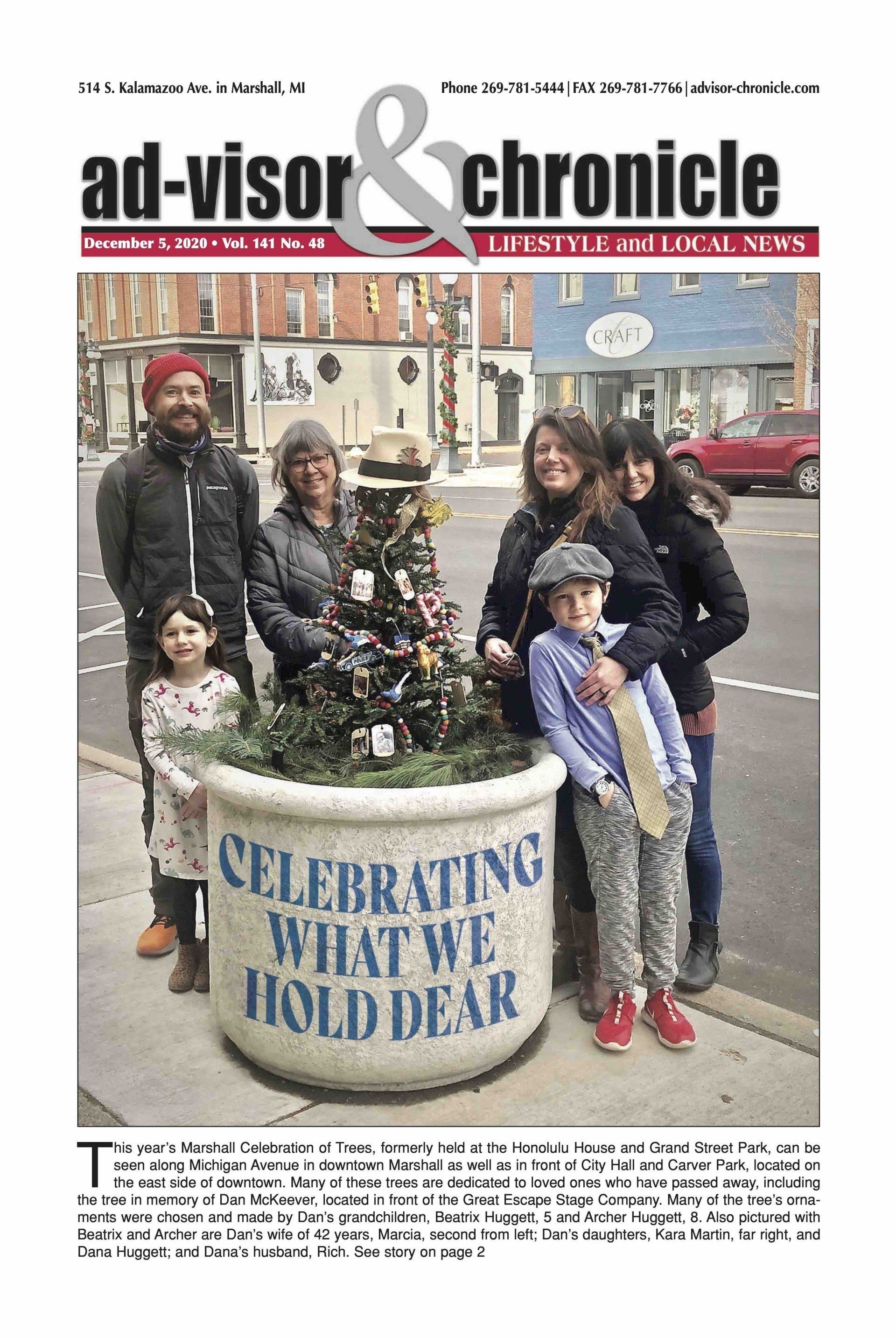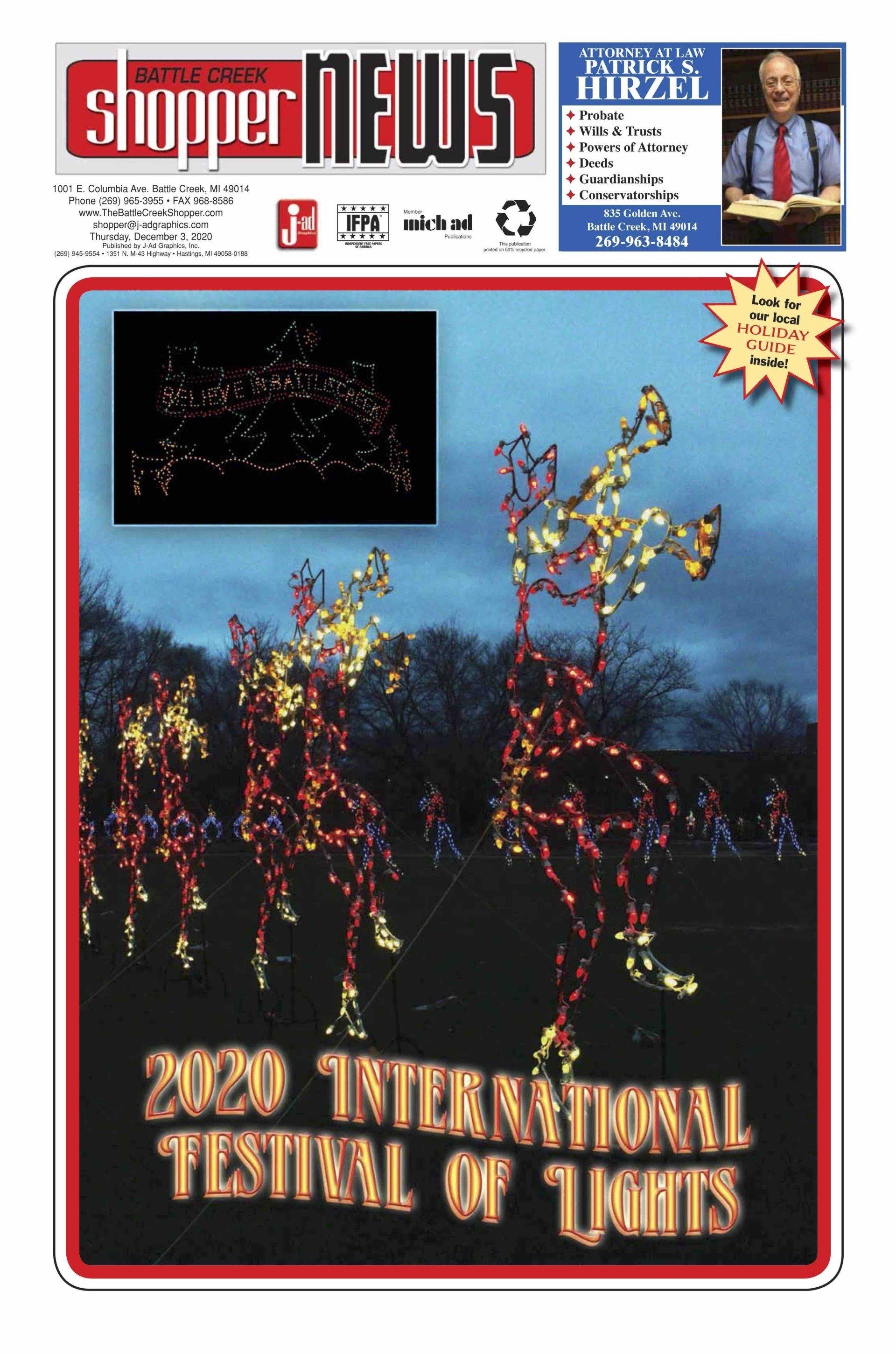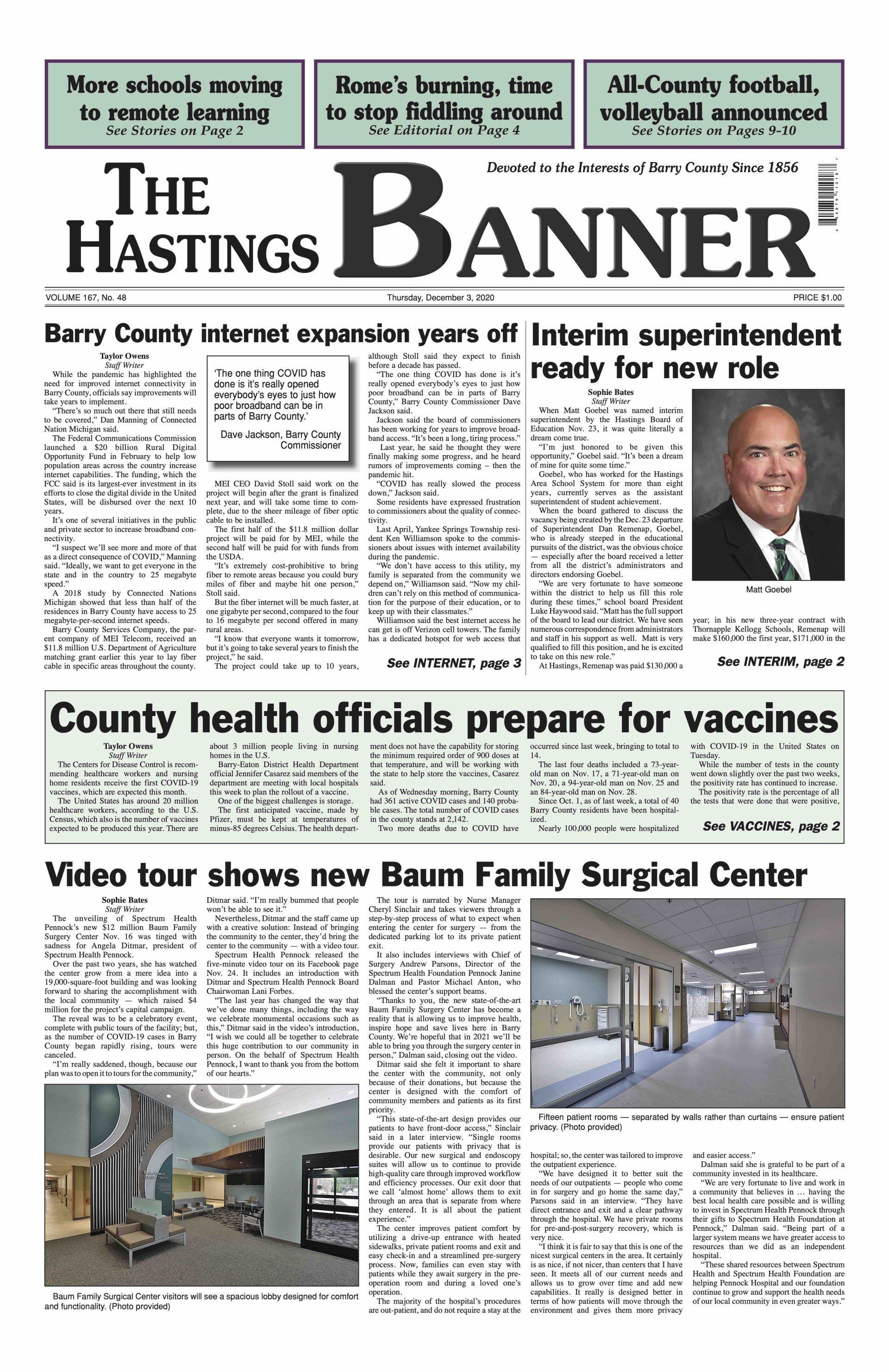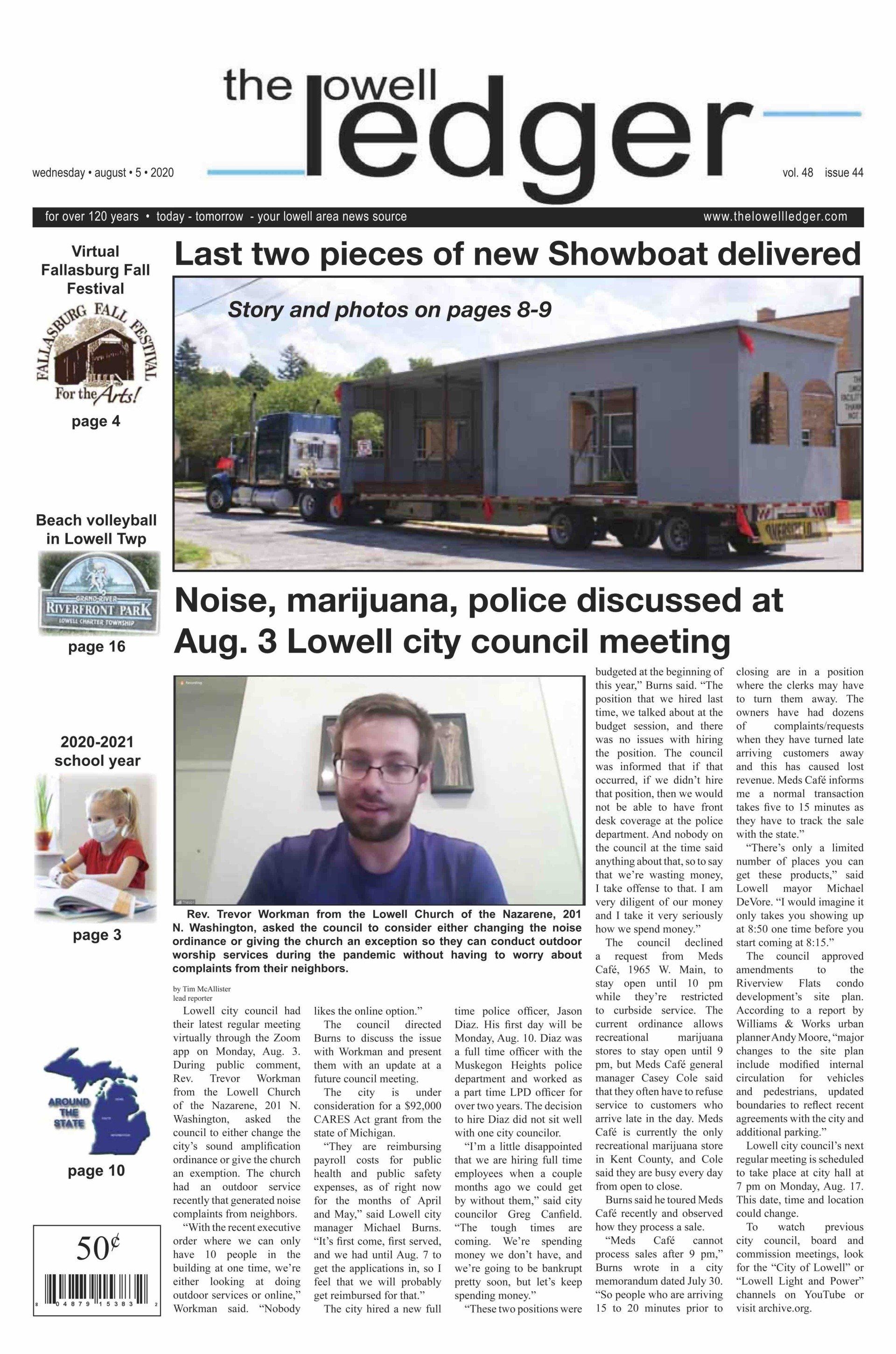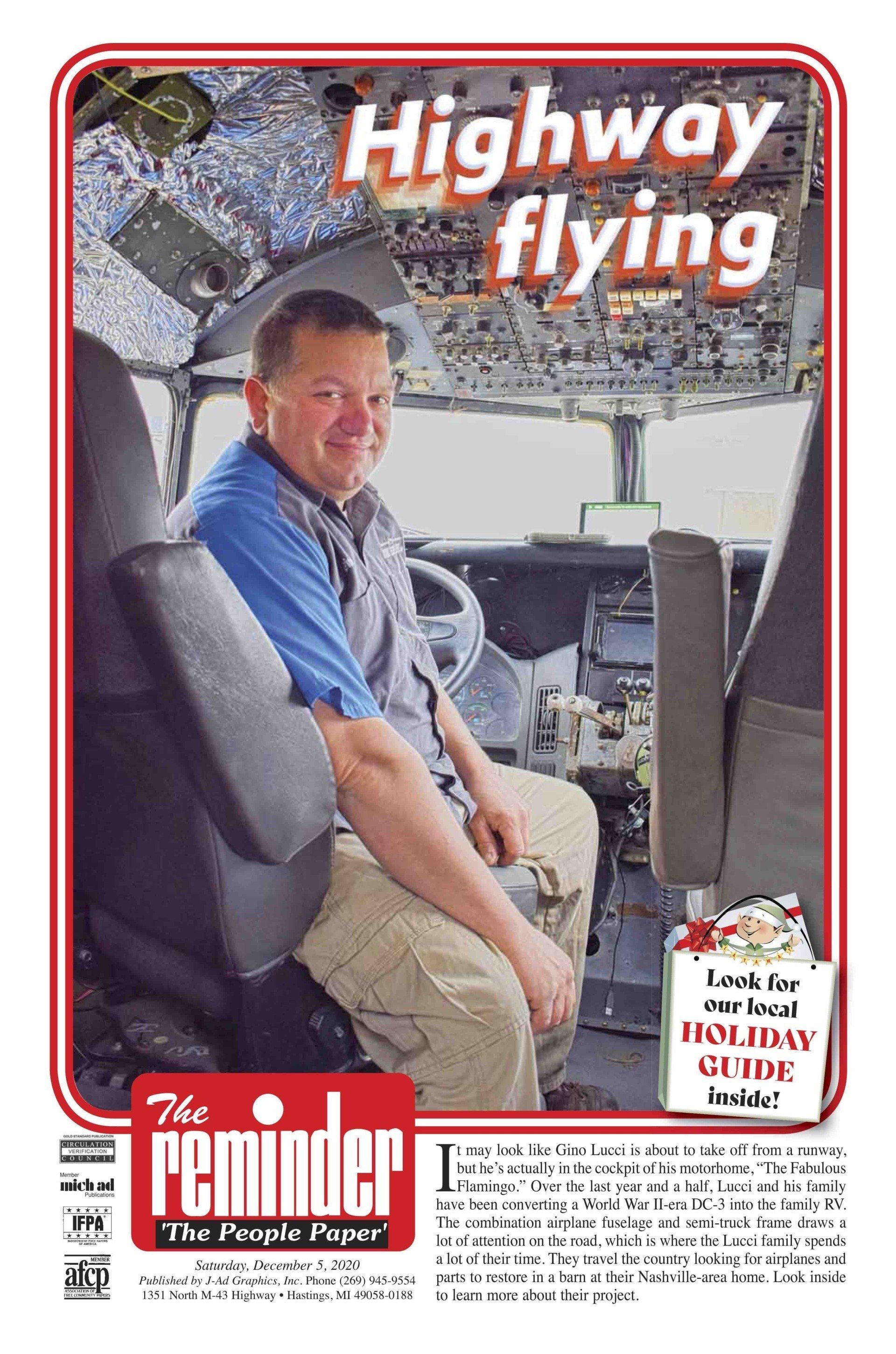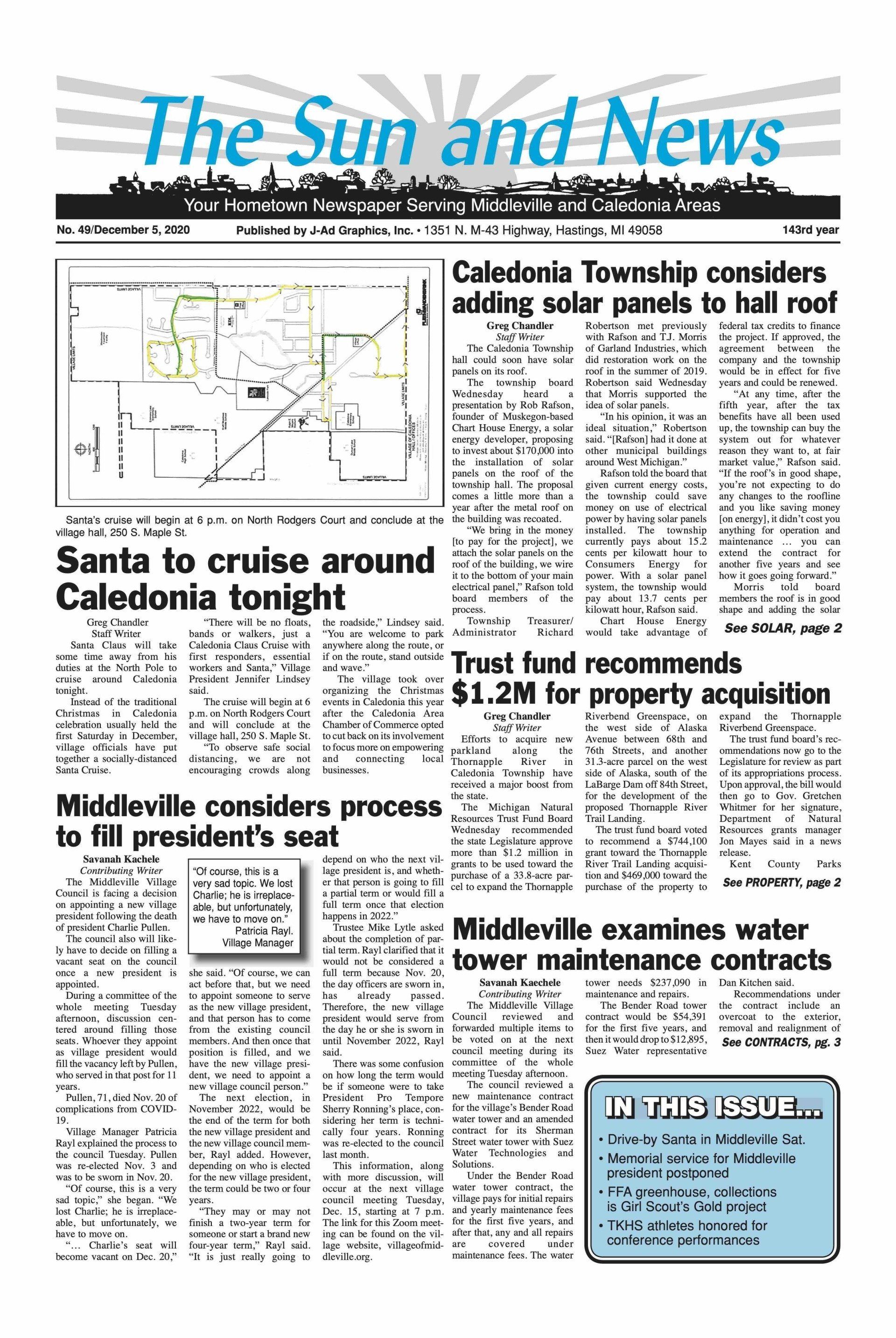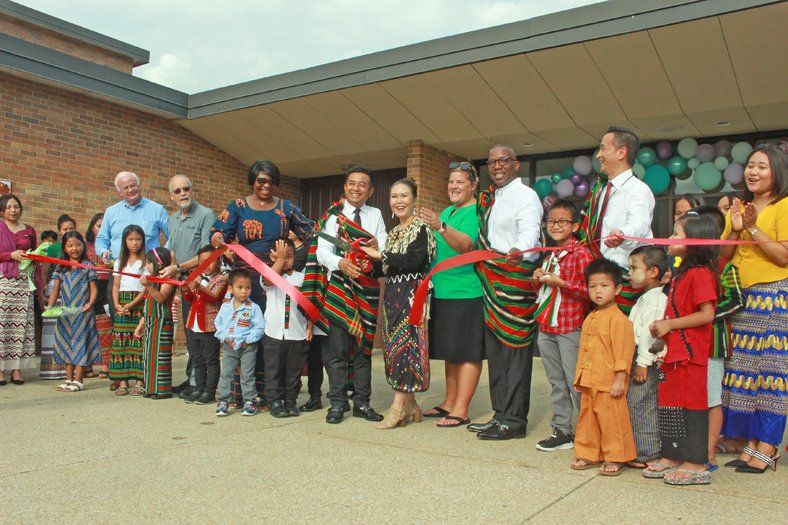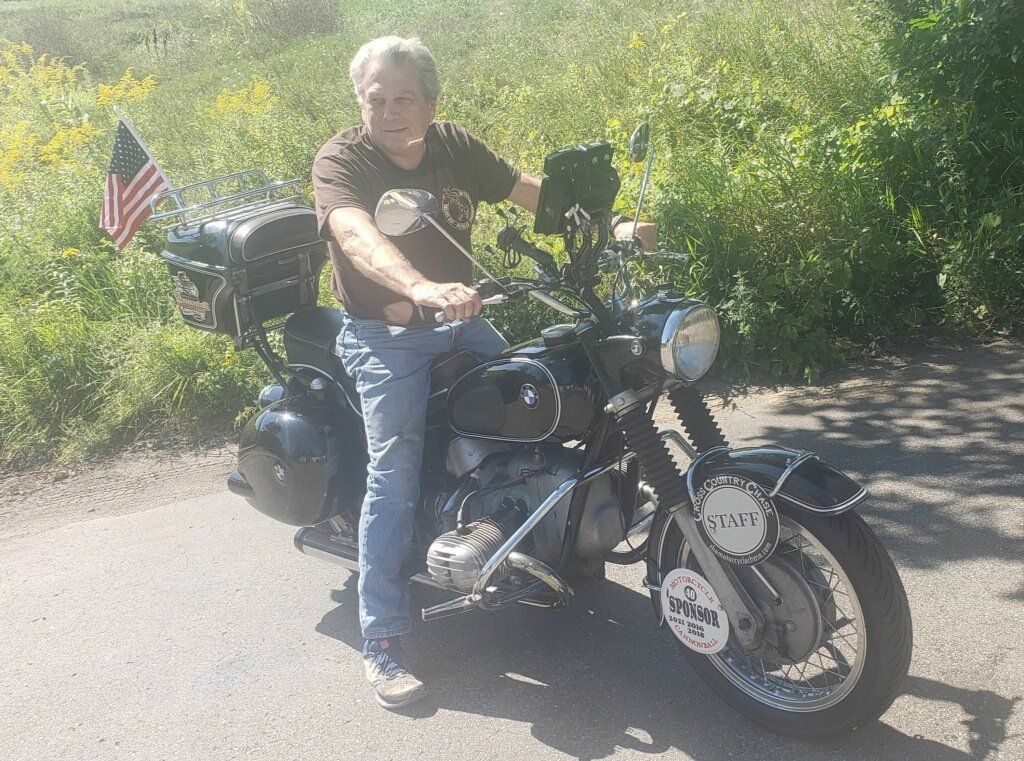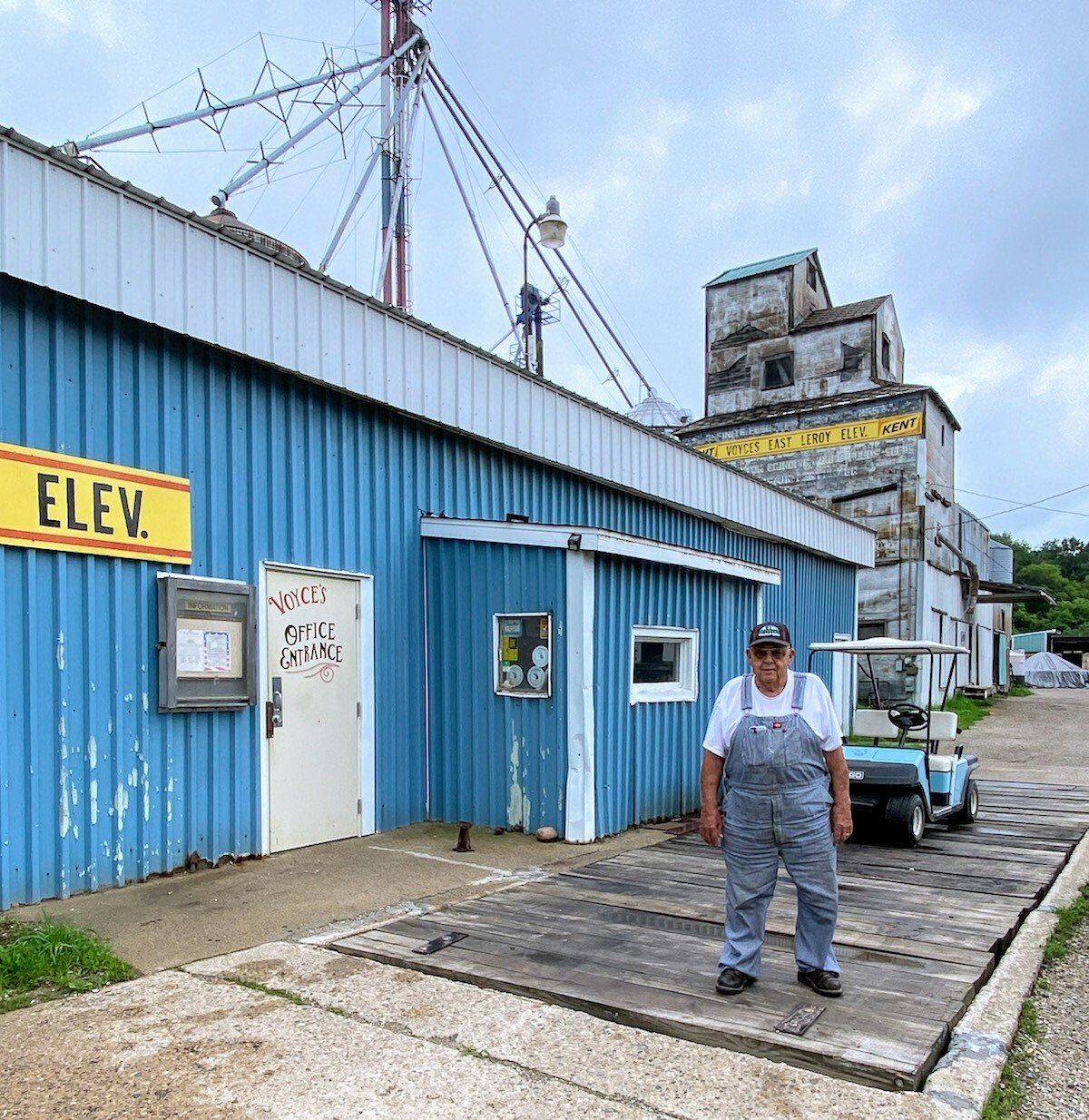Marilyn Burtrum owns a warm and fuzzy business
December 16, 2020
Only known female furrier
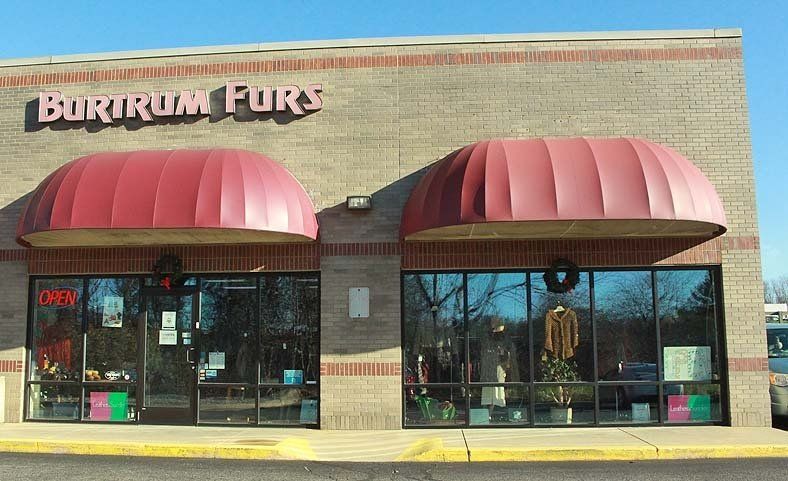
Shelly Sulser
Executive Editor
Being a furrier in 2020 at 5568 Beckley Road in Battle Creek is not only about sourcing new furs from around the world but also about repurposing used fur coats into hats, stuffed animals, gloves and event slippers.
“We make Teddy bears, pound puppies, cats, bunnies,” said Marilyn Burtrum of Burtrum Furs and Leathers, “from great grandma’s mink stole. If it has sentimental value, we can make keepsakes.”
A former school teacher in Battle Creek, Burtrum is Michigan’s only female furrier as far as she knows and is quick to point out that she is not a master furrier, though she was a professionally trained apprentice.
In fact, she’s the only female furrier she knows of in the United States.
“I learned all the basics under a master furrier,” she said. “I am not a certified master, I am just a furrier.I did not go to a professional school and learn the trade, I learned as an apprentice.”
In fact, she said, there are not many masters in the world.
“Most learn as apprentices,” she explained. “I was a seamstress, I knew how to sew, it was a hobby. I made prom dresses, I made a coat for my honeymoon. Just things like that.”
Burtrum Furs and Leathers, in business since 1986, stocks usually around 1,200 different coats for women and men with only a few of each size to keep inventory down and selection up.
And, used and vintage furs are available at one-quarter the original price or less.
Now, 34 years since opening, she’s just introduced men’s wallets and belts to her inventory.
It all began when Marilyn became curious about the fur business when she and her husband, Eric, became the keepers of an outdated, heavy duty fur machine.
“My husband’s father was a furrier in Battle Creek in the early 1950s,” she said. “Earl Burtrum.”
Earl worked at the former downtown Battle Creek location of the Jacobsons store where he ran the fur department, she said.
“The fur department rented space from the department store and they’re the furrier and they run it like a separate business,” she explained. “He went on to work in a factory and make more money so my husband ended up with his Dad’s fur machine which I still use.”
She said the 1947 Bonis Brothers machine was moved right along with she and her husband whenever they changed residences and she decided to learn more about it.
“It sews fur skins,” she explained. “It’s not sewn on a conventional or industrial sewing machine. Leather is but fur is not.”
Knowing that Eric’s uncle, who owned Clyde Burtrum Furs of Flint, was a master furrier and she got an idea.
“We took a road trip and asked him if he would be willing to let me kind of be an apprentice under his care and to learn the business,” she said. “He was delighted.”
At the time, Marilyn was teaching GED prep classes during the day and night school, too, Monday through Thursday at Lakeview.
So with her Fridays off, she had time to learn her trade.
“I would drive to Flint early in the morning after I got the kids off to school,” she said. “I took my three year-old with me and we’d go and learn the business. I would learn as much as I could so I took instruction from two or three different master furriers. I took instructions from at leat two finishers who did all the hand sewing and I just worked every day for free on Fridays and they were willing to tolerate my toddler running around and I would learn as much as I could.”
For four years, Marilyn learned how to be a professional furrier, during which time, she started selling Clyde’s furs out of her Battle Creek home.
She got her Michigan DBA in 1986 and in the summer of 1990, she decided to start Burtrum Furs Battle Creek at her current, Beckley Road location.
“It was kind of forced because I wasn’t sure if I was ready,” she said. “It was kind of a cottage industry. I would take coats in for storage, take my coats and get my customers the Flint paper work. I was mediator. I had about 150 pretty regular customers during those four years.”
But when the city fathers saw her advertisements, she informed her that she needed to move the business to a more fitting zone.
“The said, ‘you’re in a residential area not a retail area so I either had to deliver coats to customers so they couldn’t come and pick up anything or I had to get into a building,” she recalled. “So, that was when I opened up.”
She went on to expand her shop in 2003, doubling her square footage from 1- to 2,000.
“We get most of our fur coats already premade, I buy them wholesale and retail them but I also make coats, I custom make coats for people,” she explained. “Someone will bring grandma’s old fur and we’ll make it into something that fits them.”
As the fashion trends go, so goes her business, she said.
“It goes in cycles,” said Marilyn. “Right now, I’m shortening coats. I have shortened over last year dozens. Leather coats, fur coats. We are full service for all coats and they don’t have to buy them here for us to service them.”
She and her small staff can, replace zippers, add new snaps on leather jackets and can alter coats for those who have lost weight or have gained weight.
“We can make coats larger,” she said. “We have shortened probably three dozen full length mink coats and I turn the hems into vests. It gives the woman two wearable items.”
As the industry experiences phases in fits, she also gets work to do.
“There was a while where the coats from ‘60s and ‘70s had tight arm holes,” she explained. “Then in the 80s and 90s, they had big ole shoulder pads so we were lowering the arm holes to make coats more comfortable.”
Then, she said, “the trend said ‘get rid of big shoulder pads.’ So we were raising arm holes.”
It’s rare for Marilyn to send alteration work out.
“We do all of our own alterations,” she noted.
As if doing all of her own books, alternations and inventory weren’t enough to keep her busy, Marilyn also provides fitting services and recycles unused materials.
“We’re the greenest recycling industry in this area,” she noted. “Nothing goes to waste. Even when we shorten sleeves, if they don’t want that fur, we take it, and make keychains and weather cuffs and things we can sell to pay us for our free labor. But when there isn’t people in here, were busy sewing. Today, I made earmuffs and head wrap from a customer’s coat I shortened.”
Marilyn does the fur work herself and her finisher does the rest.
“She finishes my work,” Marilyn explained. “It’s kind of a dying art and a lot of people don’t now how to push a needle. Just because you know how to sew doesn’t make you a finisher. A finisher has to know a whole lot more than that.”
While she orders her furs from various suppliers and is required to reveal from where each fur and leather was raised, (sheep from Spain, Italian leather from Florence, etc.) she said, in the past she purchased pelts from local trappers and mink ranchers.
“I had a mink rancher north of Grand Rapids,” she recalled. “He brought me female mahogany minks. I took measurements and made a mink stroller with detachable hood.”
Another time, she made a bomber jacket from 48 muskrat pelts she took in on trade, she said.
“I used to buy skins from Ray Sager,” she noted. “He was a mountain man of a trapper. He ran lines along Minges Brook along this area before it was built. He’d tell me about the land, and the animals and I would buy a lot from him. You’ve got to be a trapper that knows the skill. I’d buy from him. I’d rarely buy skins from anyone else.”
Once purchased, she has the pelts tanned, returns them to the supplier and then take them in trade.
“I have 2-3 in stock now I’ve made,” she said. “I have two, three maybe five at any given time that I’ve made out of 1,000 so not that many.”
As Burtrum Furs and Leathers, she has operated as one of two such named stores in Michigan.
Her husband’s cousin, Jim Burtrum, has a Burtrum Furs in Saginaw, she said.
“Jim still has a small shop in Saginaw,” she said. “I’m (now) the oldest Burtrum fur. At one time were three of us.”
Despite all of the work over the years, Marilyn said she hasn’t gotten rich.
“I’ve never paid myself that much,” she said. “Small businesses that don’t make it don’t dont make it because they spend more than they make.”
Even after nearly 35 years, Marilyn said she still enjoys seeing her regular customers who have been with her for many years and meeting new customers.
“I still love what I do,” she said. “That’s why I haven’t retired and I am old enough to retire. But, I’m not ready. I really like it, I like seeing the customers, I’ve known for 30 years.
“I enjoy the people and I enjoy the work,” she added. “Long as I like both things, I can keep going.”

